Related Research Articles

Baghlan is one of the thirty-four provinces of Afghanistan. It is in the north of the country. As of 2020, the province has a population of about 1,014,634.

Puli Khumrī, also spelled Pul-i-Khumri or Pol-e Khomri, is a city in northern Afghanistan. Puli Khumri is the capital and largest city of Baghlan Province, whose name comes from the other major town in the province, Baghlan. The city has an estimated population of about 221,274 as of 2015, making it about the 9th-largest city of Afghanistan, and the second-largest city in northeastern Afghanistan after Kunduz. It is a major industrial city.
Guzargahi Nur or Gozargah-e-Noor is a district in Baghlan Province, Afghanistan. It was created in 2005 from part of Khost wa Firing District.
Almar is a district in the southwestern part of Faryab Province, Afghanistan. Its northern border is the national border with Turkmenistan. The population was estimated at 150,000 in 2013. Ethnic diversity includes 35% Turkmen and 65% Uzbek.
Kohistan district is the southernmost district in Faryab Province. Its population is 53,100 (2010). The district center is Qal'a 35.3811°N 64.7561°E, 1909 m altitude.
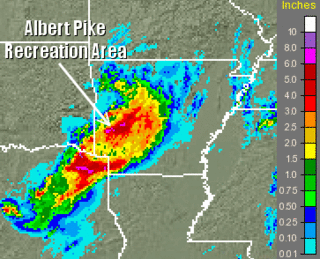
The 2010 Arkansas floods were flash floods that killed at least 20 people near Langley, Arkansas, United States, in the early morning of June 11, 2010. Heavy, localized rainfall from six to eight inches (150–200 mm) flooded the Little Missouri and Caddo rivers, sweeping through campsites in the Ouachita National Forest.

The 2010 China floods began in early May 2010. Three hundred and ninety-two people died, and a further 232 people were reported missing as of June 30, 2010, including 57 people in a landslide in Guizhou. Fifty-three of the deaths occurred from the flooding and landslides between May 31 and June 3, and 266 deaths occurred between June 13 and June 29. Four hundred and twenty four people were killed by the end of June, including 42 from the Guizhou landslide; 277 more were killed and 147 left missing in the first two weeks of July, bringing the death toll as of August 5 to 1,072. A landslide in early August in Gansu killed at least 1,471 people and left 294 missing. In total, the flooding and landslides killed at least 3,185 people in China by August 31. More than 230 million people in 28 provinces, municipalities and regions, especially the southern and central provinces and regions of Zhejiang, Fujian, Jiangxi, Hubei, Hunan, Guangdong, Guangxi, Chongqing Municipality, Gansu, Sichuan and Guizhou, and the northeastern province of Jilin were affected, while at least 4.66 million people were evacuated because of the risk of flooding and landslides in the latter half of June. By early August, over 12 million people were evacuated, and that number rose to 15.2 million by August 31.
The 2011 China floods are a series of floods from June to September 2011 that occurred in central and southern parts of the People's Republic of China. They were caused by heavy rain that inundated portions of 12 provinces, leaving other provinces still suffering a prolonged drought, and with direct economic losses of nearly US$6.5 billion.
On March 4, 2012, at least three avalanches struck the Badakhshan province of northeastern Afghanistan. One of those avalanches destroyed a small village of about 200 people. The name of the village is uncertain; some sources call it Dasty and locate it in Darzab District, and others call it Sherin Nazim and locate it in Shekay District. Two other villages were affected by the avalanche. At least 50 people were killed in the disaster.

On 11 June 2012, two moderate earthquakes struck northern Afghanistan, causing a large landslide. The landslide buried the town of Sayi Hazara, trapping 71 people. After four days of digging, only five bodies were recovered and the search was called off. Overall, 75 people were killed and 13 others were injured.
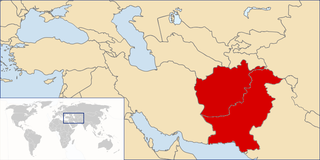
In August 2013, Pakistan and eastern Afghanistan experienced heavy rain that led to flash flooding. More than 180 died as a result of the floods.

Deep Depression ARB 02 was a weak tropical cyclone which brought heavy rains and flooding to the Indian state of Gujarat in June 2015. It was the third tropical cyclone and second deep depression of the 2015 North Indian Ocean cyclone season.
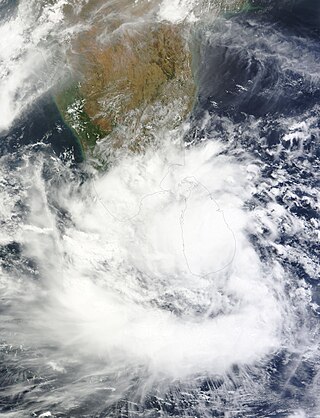
Beginning on 14 May 2016, a low pressure area over the Bay of Bengal caused torrential rain to fall across Sri Lanka, causing floods and landslides which affected half a million people. As of 25 May 2016 the death toll was 101 with 100 missing.
In mid-March 2019, monsoonal downpours caused widespread flooding and landslides across South Asia.
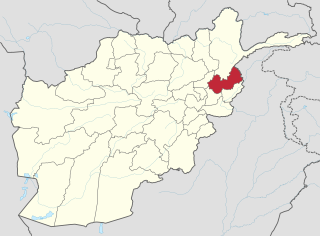
Flooding began in the Kamdesh District in Nuristan, Afghanistan, due to heavy rains. As of July 31, the death toll is at 113 while the number of people missing is unknown. According to Taliban spokesman Zabihullah Mujahed, heavy rain on July 28 caused the flooding.

In May 2022, floods affected several parts of Afghanistan, killing 429 people. It was later reported the 182 people died due to flooding in August, as well as 40 people in July and 19 in June. From June to August, just as the country was recovering from an earthquake in Khost Province, floods hit again, killing 19 in June, 39 in July, and 182 others in August.
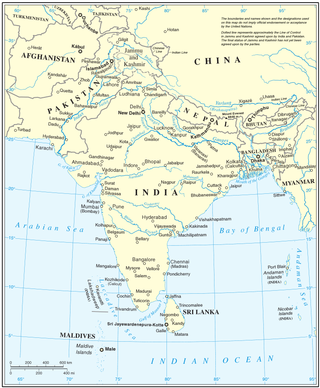
From January to October 2022, excessive rainfall and widespread monsoon flooding occurred in the South Asian countries of Afghanistan, Bangladesh, India, Nepal, Pakistan, and Sri Lanka. It has become the region's deadliest floods since 2020, with over 3,700 people dead.

After over 6,500 people died in flooding in 2020, monsoon floods hit South Asia again in 2021.

Monsoon floods have affected South Asia from May to December 2019.
References
- 1 2 "Rescue operation underway in Afghanistan as flood death toll rises". Deutsche Welle. 8 June 2014. Retrieved 8 June 2014.
- 1 2 3 4 5 6 7 8 9 "Afghanistan flash flood kills dozens in Baghlan province". BBC. 7 June 2014. Retrieved 7 June 2014.
- ↑ "Over 100 killed in Afghanistan rain, floods". Yahoo. 7 June 2014. Retrieved 7 June 2014.
- ↑ "Flash floods hit Afghanistan, at least 58 dead". Reuters. 7 June 2014. Retrieved 8 June 2014.
- ↑ UN Office for the Coordination of Humanitarian Affairs (2014-06-11). "Afghanistan Flash Floods Situation Report No. 11 as of 1400h (local time) on 11 June 2014 - Afghanistan". ReliefWeb. Retrieved 2014-06-11.